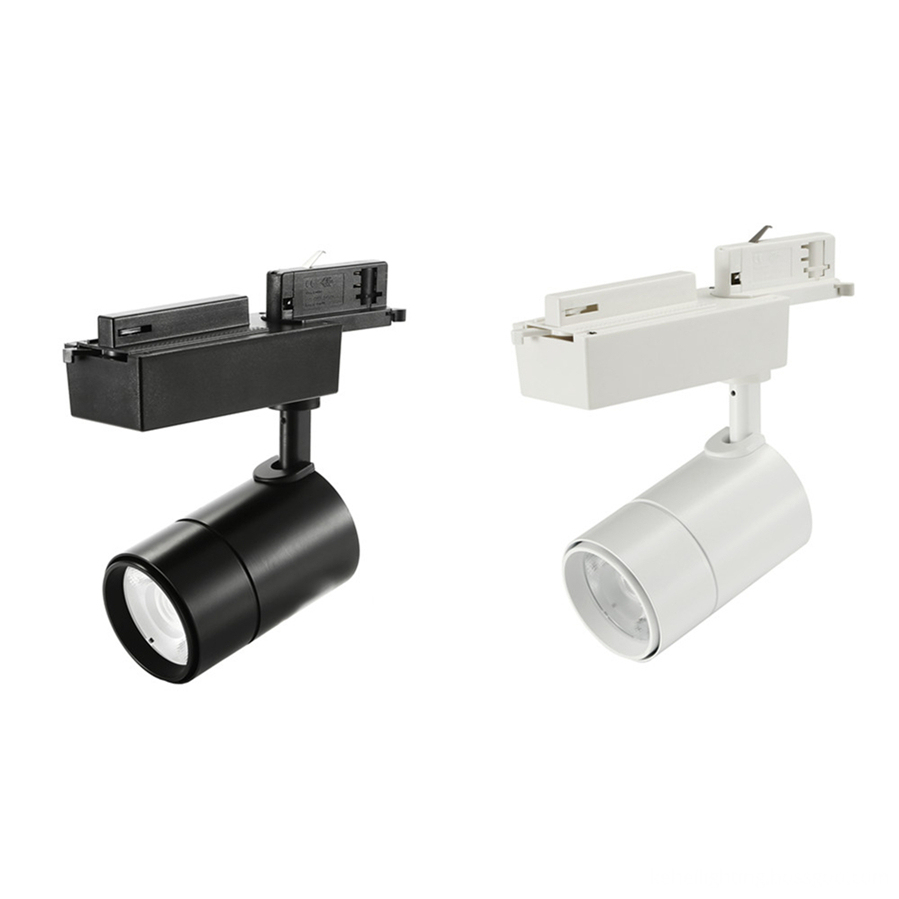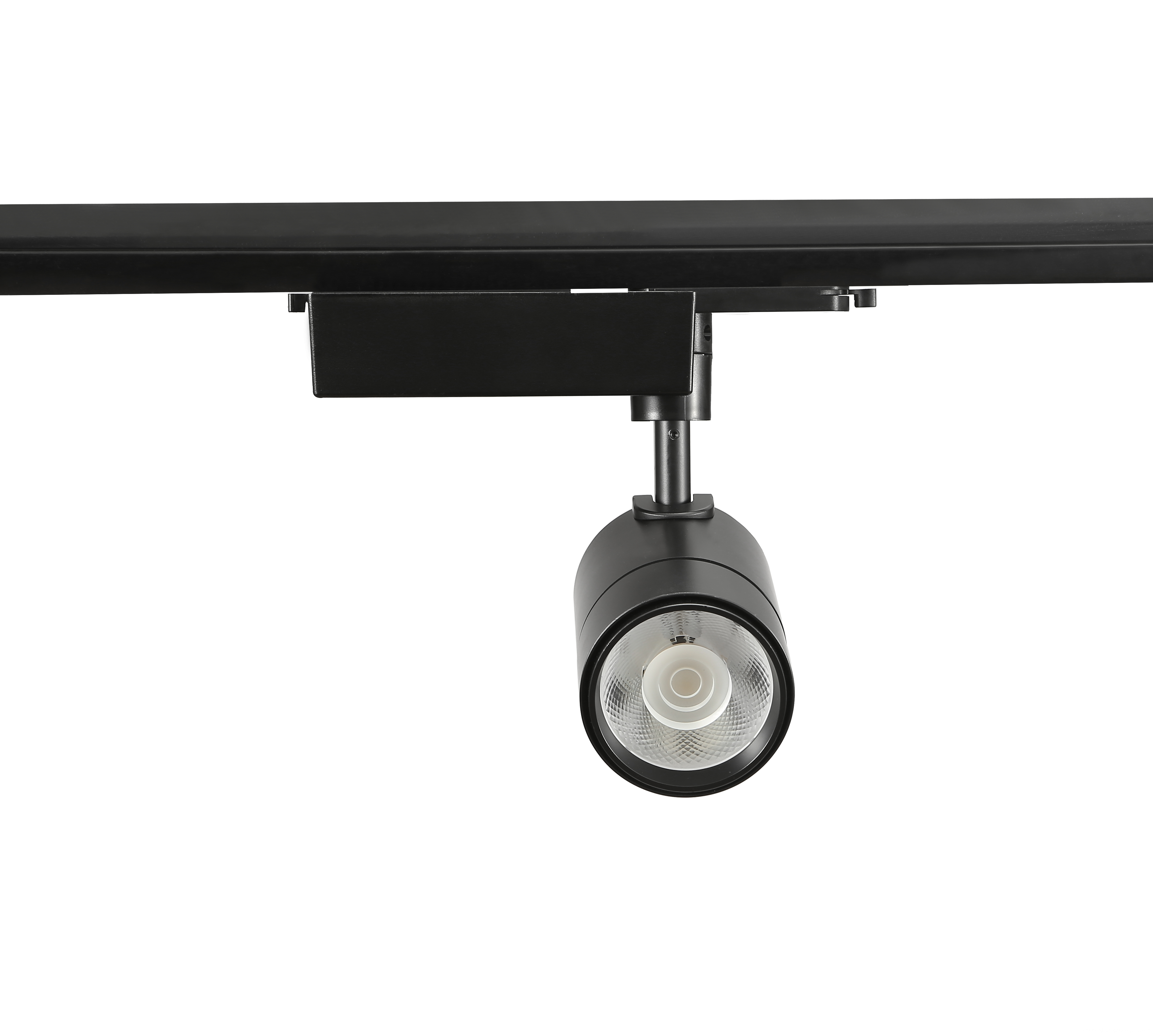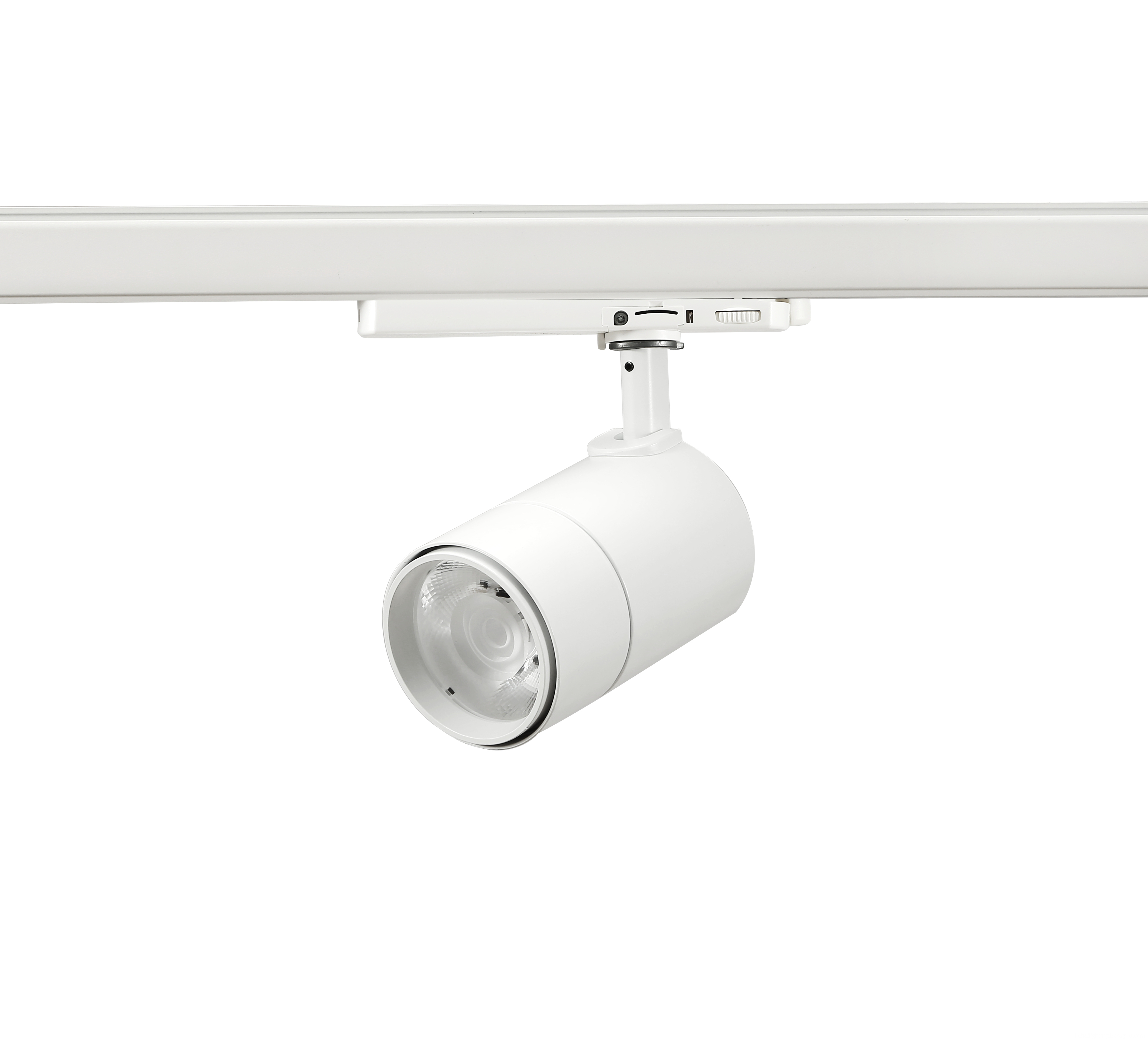Tian Wei Sun Holdings Co., Ltd. (hereinafter referred to as "Tianhua Sunshine") Chairman Su Weili made the above prediction. He also believes that the future voice power of the entire photovoltaic industry will also shift from the upstream to the downstream, and the profits of photovoltaic development and operators will remain relatively stable.
Data from Huatai United Securities shows that in the first half of the year, the growth rate of the global photovoltaic market was only over 20%, and the price of components fell by more than 40%.
As a result, the familiar picture of the 2009 financial crisis reappeared. Some second- and third-tier photovoltaic equipment companies in the Yangtze River Delta have idled their production capacity by more than half, and some employees have been given unpaid leave.
In the past few years, China's photovoltaic industry is almost synonymous with "Chinese PV manufacturing." According to Reuters data, China has been working hard to build a solar panel industry in the past five years, with production accounting for more than half of the world's production. Almost all famous PV companies in China are manufacturing companies.
In the face of the PV manufacturing industry's difficulties, Su Weili is relatively indifferent at this time. “As far as the entire PV industry is concerned, the oversupply of components is a major trend. The scale competition among well-known companies has caused the capacity expansion rate to exceed the market demand rate. In the future, the profit rate will gradually decrease."
Focused on the development and operation of photovoltaic power plants, Tianhua Sunshine was founded 6 years ago. It is a global multinational corporation engaged in investment, financing and development, technology research and development, engineering design, construction and operation management of photovoltaic-based renewable energy power projects. . The holding company is headquartered in Shanghai, China.
Prior to the establishment of Tianhua Sunshine, Su Weili had worked at photovoltaic manufacturing company Tianwei Yingli.
At present, Tianhua Sunshine has established more than ten full-scale photovoltaic market in Europe (Germany, Czech Republic, Greece, Bulgaria, Spain, Italy, France, etc.), Asia (China, Japan), North America (Canada, United States) and other major global photovoltaic markets. Investment company.
As of last year, Tianhua Sunshine has undertaken more than 150MW (megawatts) of photovoltaic power plant construction and sales projects in the global market.
Q: When you started your business, why did you choose to only develop and operate, and completely avoided the manufacturing process?
Su Weili: I just judge economic development according to economic logic. In a market and consumer-dominated field, it is normal for service industry profits to be higher than pure manufacturing operations. This is also true in other industries, from Wal-Mart to Microsoft.
Why did I choose a photovoltaic terminal to get out of photovoltaic manufacturing? First, according to the law of operation, at that time, if you do not touch the overseas terminal market to grasp this industry, China's photovoltaic manufacturing industry will soon fall into a passive situation. Second, from the perspective of the industry distribution of a country, there should also be a division of labor. Someone should do a terminal when someone does industrial manufacturing. Although it was rather lonely at the beginning, I think this road is worth doing. Now those photovoltaic manufacturers are also recognized, and are also expanding downstream.
Q: Why is China's PV companies basically concentrated in the manufacturing industry from the industrial chain, but the development and operation of such downstream is rarely involved?
Suvili: From 2005 to 2008, people were chasing more short-term effects. At that time, the market was hot and the people were getting equipment and the products would not be sold. Soon, they would make money.
And really like us doing this terminal, it takes at least one year from the start of the project, and approval often takes 12 to 18 months. This is also a kind of torment. I think most Chinese people are accustomed to manufacturing. After all, the equipment and machinery are under their eyes, making things and selling them can immediately get back the money and it is safer. It's not as if the terminal is a bit virtual, but overseas, it's not safe.
In addition, the government encourages domestic manufacturing to a certain extent and does not encourage companies to invest overseas. The government likes to attract investment, which can boost local GDP. Therefore, local governments will give photovoltaic manufacturing companies preferential policies including land, capital, and taxation. This forms a kind of guidance. Various factors have caused a serious imbalance in the photovoltaic industry.
Q: After the transformation of the downstream, what is the business model of Tianhua Sunshine?
Su Weili: From the business model point of view, I haven’t discovered any companies in the foreign PV market that I have been in contact with. We will do some BOT (build-operate-transfer) projects. There were also several companies doing this business, but they were acquired by large-scale manufacturing companies.
In the overseas PV market, our peers basically have three types: First, EPC (Engineer, Procure, Construct "design, procurement, construction", that is, general contracting) companies, EPC companies are to pull projects. The second is component companies, which are project development companies founded to sell products. The third category is energy companies, which go for photovoltaic projects for power quotas.
In terms of our business model, most of the time we choose to cooperate instead of pure competition.
For example, we have local EPC partners in various countries. In the development phase of a photovoltaic project, Tianhua Sunshine will first obtain the permit for this project and then convene a large number of EPC companies to bid for it. This is the most obvious in Germany. The local EPC company is basically our partner. In addition, we are still investment and financing companies and we can help these EPC companies.
Energy companies are also our customers, although their business is similar to ours. However, because the photovoltaic market is relatively dispersed, such as roof projects, are relatively small, and almost no one can monopolize. Large-scale energy companies also need renewable energy shares, and their products are electricity. Then the meaning of Tianhua is to satisfy them, build a good power station, provide them with photovoltaic power generation systems, and let them sell electricity. When we go to work, labor has value and we are respected.
As for companies like PV modules, we provide them with the value that working with us enables them to go from selling components to selling power stations. For example, in the domestic Super Sun Sun, the components that they put into our power station accounted for more than 25% of their total, but this 25% yield is equivalent to 100%, and making a 100 MW power station is equivalent to selling 400 MW. Components. These types of partners can achieve a healthy sales model in advance. The component is not a fast-moving consumer product. There is no product or no sales for no PV application project. If it is bound with Tianhua Yangguang, some of its operations will be locked out.
Tianhua now mainly serves the overseas business of Chinese manufacturing. Although Tianhua does not manufacture, it still relies on domestic manufacturing. Tianhua is a product exporter and capital exporter serving China. At present, China is facing a state of many products and more money. Tianhua's mission is to put China's many products and more money in the international field to optimize its configuration.
High risk of PV power plant development
Q: What are the characteristics of the development of photovoltaic power plants?
Su Weili: In terms of development, not much money is needed, but the risk is high. Development requires a certain period, but there are cycles, and there is the possibility of policy changes. For example, sometimes we take the land and do the EIA in December. But just after we finished, we found that the policy has changed. Like in the Czech Republic, we have also stockpiled some projects. As a result, it announced that it has not started policy support since 2011, and the related projects have become obsolete. Recently, several large domestic component manufacturers have encountered this problem in Italy. They got some licenses in Italy, but later the policies changed. Relatively speaking, development is an industry with low investment and high risk but once success is a high return. This requires the ability to grasp risks. We have many years of overseas experience in this area, so we still have advantages.
Q: In general, what is the cycle of developing and building a PV project?
Su Weili: The project development cycle is generally 6 to 24 months, and construction is generally 2 to 6 months. Different countries are different. For example, Germany is more mature and may be faster. But Canada is relatively new. We submitted our application for the earliest local project in 2009 and it was approved in June 2011.
Q: In terms of the development and operation of overseas PV projects, what challenges does Tianhua Sunshine have to face?
Su Weili: To be internationalized, to earn other people's money, this is a challenge in itself. For us, the challenges include how to manage and culturally integrate with the team in the host country. In order to win local projects, it is necessary to fully communicate with the relevant local agencies, which inevitably requires local staff. But how to get them to accept Chinese management and thinking is a problem. Fortunately, from 2009 onwards, China’s international status has gradually improved. This has greatly helped. The growth of national power has a great effect on the dignity of the nation. We now have about 220 overseas employees and 90% are local employees.
Q: What are the advantages of operating overseas and operating in China?
Su Weili: The difference between overseas and China is that most of the land is privately owned. Therefore, the project is basically a business activity. As landowners of private land, they will not be partial because you are American, Japanese, and German. They are very utilitarian. As long as they talk about business conditions, everything is good and there is no discrimination. At the same time, they believe that Chinese companies have money and they are more willing to deal with Chinese companies.
Securing PV power plant assets
Q: How long can you recover your investment if you develop and operate photovoltaic power plants?
Suwei Li: It depends on who will eventually recover the cost. For our customers, our investors, the average IRR (internal rate of return) we give him is 8% to 15%. Our product is actually a product that has yield, and the power plant has cash flow. Photovoltaic plant sales are components, but Tianhua Sunshine sells power plants. When we sell power stations, we will tell our investors that if the IRR is 15%, the investment will be recovered in six years; if it is 8%, it will be roughly 10 years. This is quite good, because the IT industry is basically 20 years. For our Tianhua sunshine, after the power station was built and sold, all the investment was withdrawn.
Q: Who do you sell the power station to?
Su Weili: Energy companies, fund companies, and other financial institutions. We are now doing asset securitization of photovoltaic power plants.
Q: Can you specifically explain the asset securitization of photovoltaic power plants?
Su Weili: The so-called securitization is a financial product based on certain assets and benefits. For example, banks often give you money management products, the yield rate. They can send it to you, stating that he is a guarantee of profitability. It used to be the appreciation of the house. In photovoltaics, a power plant is a stable cash flow asset that is used as a wealth management product by banks. These products can also be listed at the same time, and the power station itself can also be IPO.
Q: What does the current market situation mean for developers and operators of photovoltaic power plants such as Tianhua Sunshine?
Su Weili: In the entire photovoltaic industry, we will have more right to speak. If an investor does not meet his investment yield, he will not invest. Money is non-attributed. I can invest in photovoltaics, as well as wind power and hydropower. As electricity price subsidies are declining, if investors want to ensure that the rate of return does not fall, they will naturally continue to request the cost structure of the entire equipment system. Therefore, the profit reduction of photovoltaic equipment companies is inevitable.
Tianhua Sunshine's investment behavior must meet capital needs. Basically, no matter how the policy structure changes, Tianhua’s benefits will not be reduced. For manufacturing, their profit margins will surely be squeezed by the end of the huge profits era to normal profit. I think that from the beginning of next year, industry consolidation will inevitably happen. It is impossible to sell anything and make big money.
Now pay attention to cost optimization, scale expansion, and technological innovation. The most severe challenge for China's PV manufacturing industry is not the decline of profits, but technological innovation. From the point of view of China's photovoltaic manufacturing industry, although equipment has gradually become domestically produced, the ability of Chinese companies to have this ability is extremely rare in terms of technological innovation capabilities.
Q: We now see that as the profit margins continue to drop, some domestic PV manufacturing companies have begun to transition to the downstream, began to do overseas power station projects, set up their own EPC company. Does Tianhua Sunshine feel the challenge in this regard?
Su Weili: Tianhua Sunshine does feel a certain amount of pressure. At the same time, it must face certain temptations, because there are indeed companies that want to acquire downstream companies. But it needs to be understood that different businesses need different people to do it. Any company has its limits. Looking at the balance sheet of these photovoltaic manufacturers, we can see that most of their financing is used for capacity expansion. They cannot tell their investors that they are a terminal company.
Unless these photovoltaic manufacturing companies set up a new terminal company again, but because manufacturing and operations are completely different, so their wise choice is to cooperate with Tianhua Sunny and we will learn from each other. In fact, many domestic companies have tried to develop and operate power stations in overseas markets, but many have suffered heavy losses.
Q: Does Tianhua Sunshine have a listing plan?
Su Weili: Yes, probably within two years.
18W LED Track Lights use COB Bridgelux/Luminus from USA as LED source.
18W LED Track Lights with international 2 wire, 3 wire, or 4 wire track connector.
CCT: warm white, pure white, natural white are available.
Function: Non-dimmable, dimmable and CCT changeable are available.
Types: DALI system, 0-10V systerm, Dial Switch, guide rail with power supply etc.
Beam Angle: High reflectance diffuser (Lens+Reflector) with 12° / 24°/ 36° for choice.
Dimension of 18W Led Track Lights: Φ80mm, 211*190mm
Finished Color: Matt White / Black / Silver etc.
High luminance flux: 1400lm
High CRI: >90
Input voltage: AC110/220V 50/60Hz
Certification: CE RoHS



18W LED Track Lights
18W Dimmable LED Track Light, 18W Mini LED Track Lighting, 18W Commercial LED Track Light, 18W Color Changing LED Track Light
SHENZHEN KEHEI LIGHTING TECHNOLOGY CO.LTD , http://www.keheiled.com